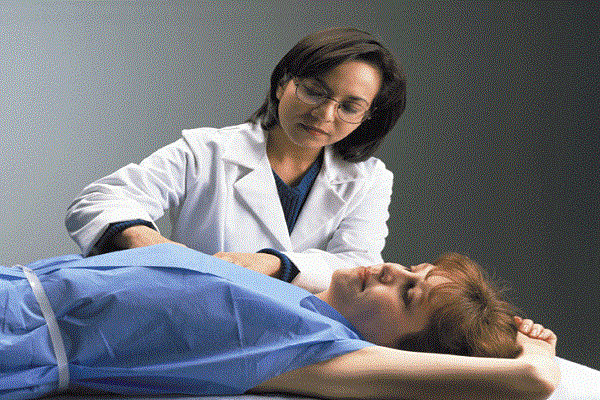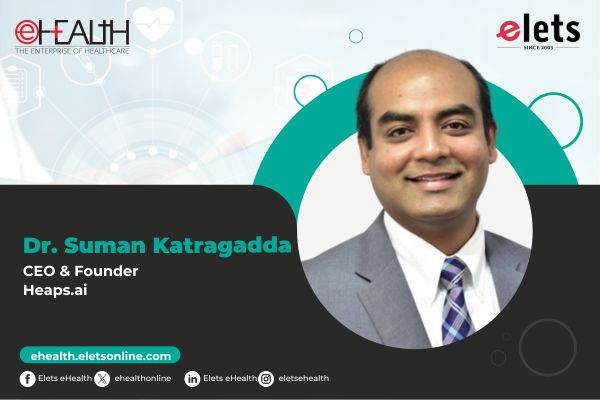
A 20-year landmark study by Tata Memorial Hospital (TMC) in Mumbai has proved that clinical breast examination is a woman-friendly and cost-effective alternative to mammography to check for breast cancer. D Rajendra Badwe, Director TMC, a co-author on the study said, “If implemented as a breast screening method in India, CBE would save 15,000 deaths from breast cancer each year, and 40,000 lives globally in low and middle income countries (LMICs). All this at a fraction of screening cost, thereby reducing stress on the overburdened healthcare systems.” Dr Badwe has said.
Breast cancer is the most common cancer among women globally and in India. The incidence of breast cancer is increasing in all countries of the world, but particularly so in low and middle income countries (LMICs). In Mumbai, the incidence of breast cancer has risen by nearly 40% between 1992 and 2016 and breast cancer has become the leading cause of death from cancer in India.

Breast cancers in LMICs are frequently detected in advanced stages, and consequently, more than half the global deaths from breast cancer occur in these countries. Mammography is the standard screening technique for early detection of breast cancer which is widely used in the western world. Although intuitively appealing, self-breast examination has not been found to be effective in reducing mortality from breast cancer. The study by TMC establishes Clinical Breast Examination as an effective technique which suits LMICs as it is highly affordable in comparison to mammography.

As part of the study, 75,360 women in the screening arm were offered four rounds of CBE conducted by trained female primary health workers and cancer awareness information every two years, followed by five rounds of active surveillance by way of home visits every two years. Another 76,178 women in the control arm received one round of cancer awareness followed by eight rounds of active surveillance every two years. Participants in both arms were eligible for free diagnostic evaluation and treatment at the Tata Memorial Hospital.

Breast cancer was detected at an earlier age in the screening arm than in the control arm (55 v 57 years), with a significant reduction in the proportion of women with more advanced stage (III or IV) disease (37% v 47%) – known as down-staging. The results of the study showed a 30% reduction in mortality due to breast cancer in women aged 50 years and above. This degree of mortality reduction is similar to that from mammography. Although this study did not find benefit in women below age of 50 years, it did find 34% reduction of mortality in these women provided they regularly attended all four rounds of screening.

The use of mammography for screening for breast cancer requires expensive machinery, highly-trained radiologists and radiographers and a high level of quality control. In India the cost of a digital mammography machine is approximately Rs 3 crores, and each examination cost around Rs 2000. Clearly, India cannot afford mass screening by mammography for all its women. CBE on the other hand, is low-cost, technically simple, woman-friendly and a touch-sensitive procedure, without the discomfort of compression or the hazard of radiation.
Be a part of Elets Collaborative Initiatives. Join Us for Upcoming Events and explore business opportunities. Like us on Facebook , connect with us on LinkedIn and follow us on Twitter , Instagram.
"Exciting news! Elets technomedia is now on WhatsApp Channels Subscribe today by clicking the link and stay updated with the latest insights!" Click here!
















